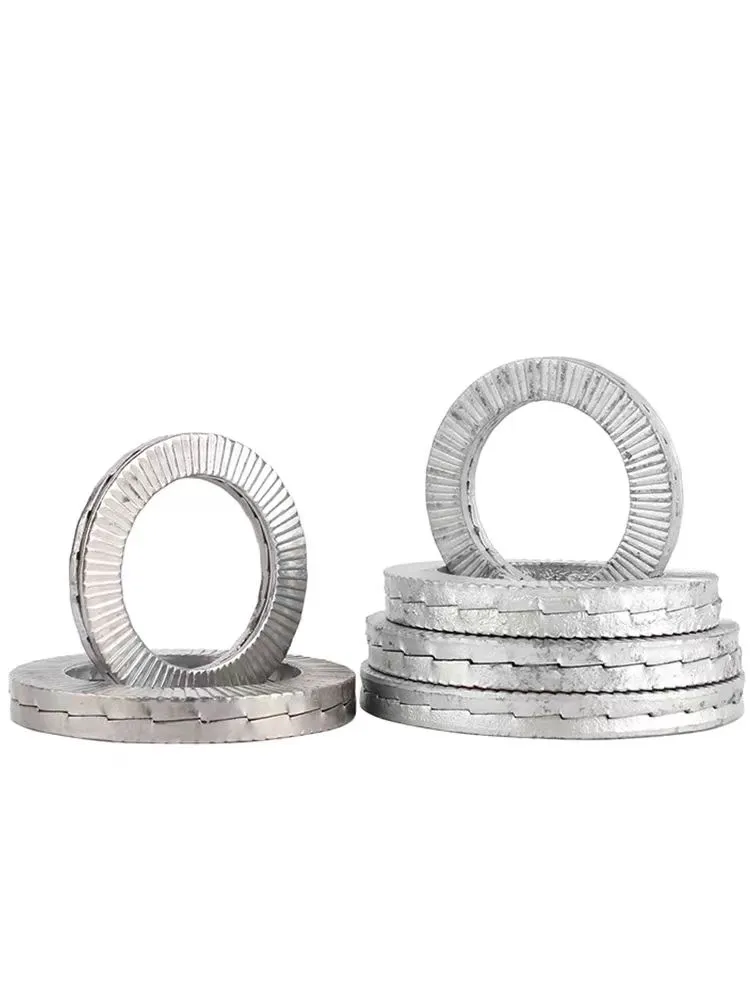

Understanding Button Fasteners and Their Applications in Fashion and Design
Nov . 10, 2024 16:22 Back to list
Understanding Button Fasteners and Their Applications in Fashion and Design
The Versatility and Importance of Button Fasteners
Button fasteners are a ubiquitous element in the world of fashion and apparel. They are small yet powerful components that serve practical functions while also adding aesthetic value to garments. From shirts and trousers to jackets and skirts, button fasteners play a crucial role in clothing design and functionality. In this article, we will explore the various types of button fasteners, their history, and their significance in contemporary fashion.
Types of Button Fasteners
Button fasteners come in a multitude of styles and materials, each suited for different purposes. The most common types include
1. Sew-On Buttons These are the most traditional type of button, typically made of materials ranging from plastic and metal to wood and fabric. Sew-on buttons are stitched directly onto the garment and are commonly used in shirts, trousers, and jackets.
2. Snap Buttons These fasteners consist of two interlocking pieces that snap together. They provide ease of use and are often found in children's clothing, casual wear, and coats, offering a practical solution where a secure yet easy-to-use fastening is required.
3. Toggle Buttons Often made from wood or plastic, toggle buttons are usually attached with a loop of fabric. They offer a rustic look and are commonly used in outerwear like duffel coats.
4. Hook and Eye While not a traditional button, the hook and eye fastener is commonly paired with buttons to provide additional security. It consists of a hooked element that catches an eye, found frequently in dresses and formal wear.
5. Magnetic Buttons An innovative solution for fasteners, magnetic buttons use magnets to snap shut. They are gaining popularity in smart clothing and easy-to-wear designs.
button fastener

Historical Context
The history of button fasteners dates back thousands of years. The earliest known buttons date from the Indus Valley Civilization in 2000 B.C. Originally, buttons were primarily ornamental, serving as decoration rather than functional fasteners. It was not until the advent of the buttonhole that buttons took on their utilitarian role. By the Middle Ages, buttons became increasingly popular throughout Europe, indicating social status and wealth, as higher-quality materials and intricate designs became available.
Cultural Significance
Buttons are more than mere fasteners; they often hold cultural significance. In many cultures, buttons symbolize unity, tradition, and functionality. In Japan, for example, the intricate designs of kimono buttons reflect historical craftsmanship and represent the wearer's status and elegance. Additionally, buttons are frequently employed in art and crafts, showcasing their potential beyond mere functionality.
Modern Applications
In today's fast-paced fashion world, the role of button fasteners remains as relevant as ever. The rise of sustainable fashion has led to a renewed focus on the durability and versatility of button designs. Designers are increasingly opting for buttons made from recycled materials or biodegradable options, reflecting a commitment to environmental innovation.
Moreover, technology has given rise to smart clothing that integrates button fasteners with electronic components, allowing for functionalities such as adjusting clothing temperature or tracking health metrics. As fashion continues to evolve, button fasteners adapt to meet new trends and demands.
Conclusion
Button fasteners may seem like small details in the grand scheme of garment production, but their impact is undeniably significant. They blend functionality with aesthetics, serving as a canvas for creativity in design. Whether traditional or modern, button fasteners remain a vital component of both casual and formal wear, reflecting history, culture, and innovation. As we continue to embrace new materials and technologies, the future of button fasteners looks promising, ensuring their place in the ever-evolving landscape of fashion. So, the next time you fasten a button, take a moment to appreciate its journey, significance, and the artistry involved in its creation.
Latest news
-
Hot Dip Galvanized Bolts-About LongZe|High Strength, Corrosion Resistance
NewsJul.30,2025
-
High-Strength Hot Dip Galvanized Bolts - Hebei Longze | Corrosion Resistance, Customization
NewsJul.30,2025
-
Hot Dip Galvanized Bolts-Hebei Longze|Corrosion Resistance&High Strength
NewsJul.30,2025
-
High-Strength Hot-Dip Galvanized Bolts-Hebei Longze|Corrosion Resistance&High Strength
NewsJul.30,2025
-
Hot Dip Galvanized Bolts-Hebei Longze|Corrosion Resistance&High Strength
NewsJul.30,2025
-
Hot Dip Galvanized Bolts - Hebei Longze | Corrosion Resistance, High Strength
NewsJul.30,2025

